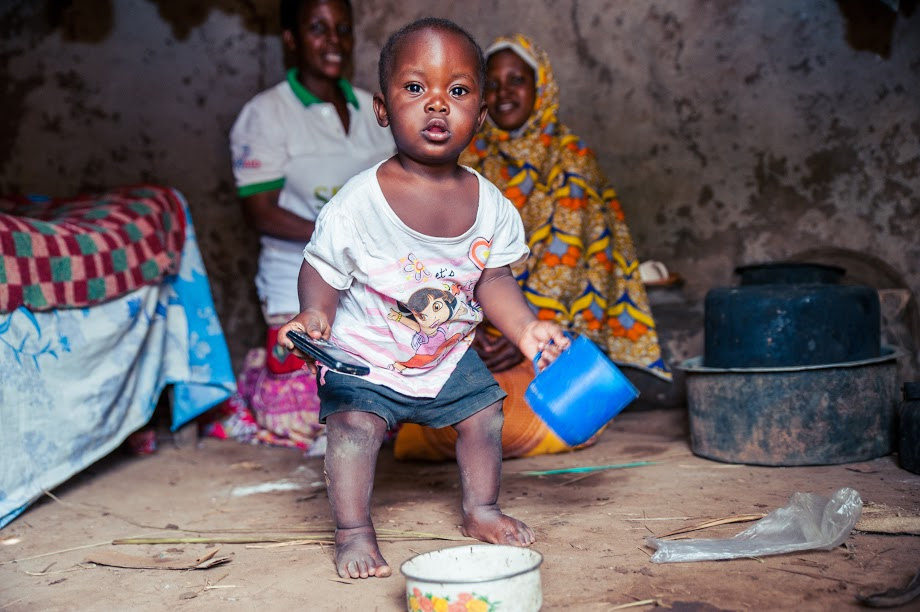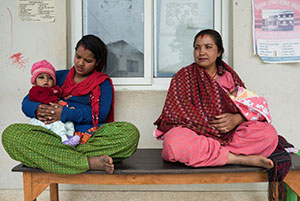Translating Evidence into Policy

Getting nutrition commitments cemented into other sectors' plans and strategies at global, national and program levels will demand lengthy and sensitive negotiation, backed up wi

Getting nutrition commitments cemented into other sectors' plans and strategies at global, national and program levels will demand lengthy and sensitive negotiation, backed up wi
ENN Field Exchange, March 2018.

Anemia is a major public health problem. Global estimates of those affected by anemia include 43 percent of children under age five, 29 percent of non-pregnant women, and 38 percent of pregnant women (Stevens et al 2013).
SPRING, September 2017
SPRING developed the District Assessment Tool for Anemia (DATA) to assist countries in strengthening anemia programming at the district level. DATA helps districts determine factors contributing to anemia in their specific setting, identifies enablers and barriers to addressing anemia, and offers guidance for prioritizing interventions and actions to strengthen anemia-related programming.
Pomeroy-Stevens, Amanda, Alexis D’Agostino, Madhukar B. Shrestha, and Abel Muzoora. "A Multisector Approach to Monitoring Planned and Actual Nutrition Spending." Field Exchange, no. 55 (July 2017): 49-52. August 18, 2017. Accessed August 21, 2017. http://www.ennonline.net/fex/55.
USAID’s SPRING project has developed an approach that countries can use to bridge the gap between primary data collection and developing more routine systems. In this article, challenges faced in two countries are discussed, as well as adjustments made to overcome these challenges and how this information can strengthen efforts to create routine monitoring systems.